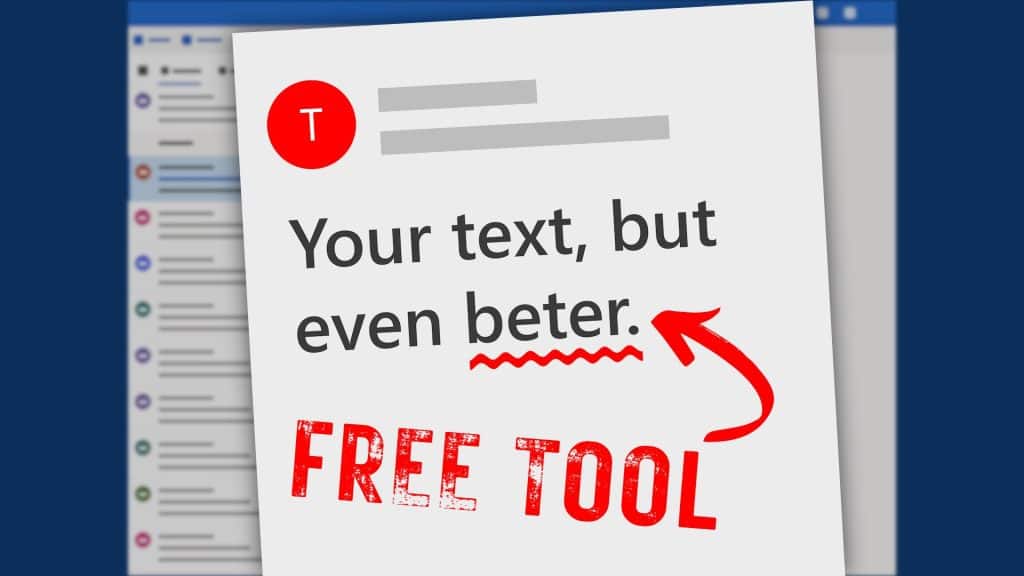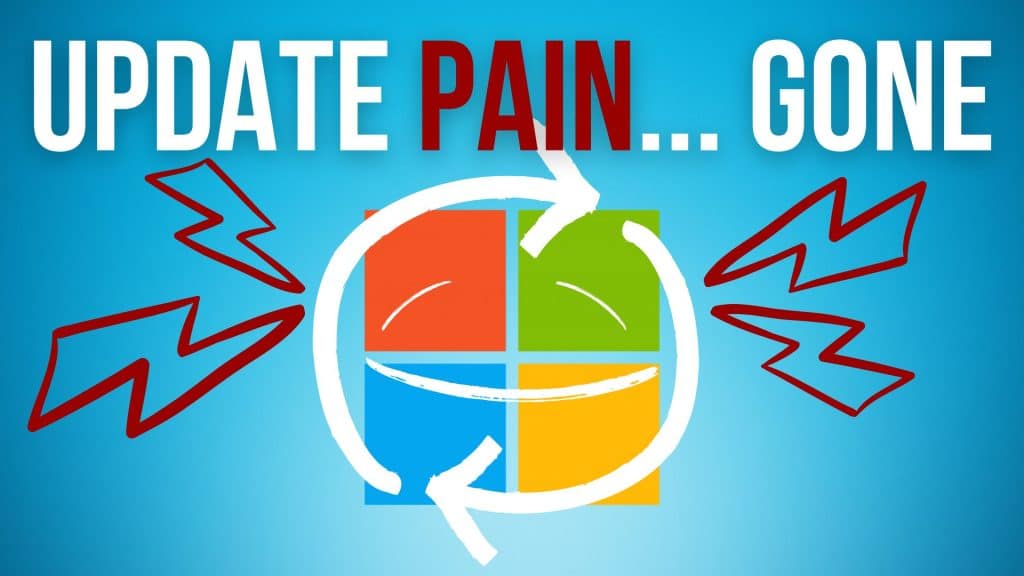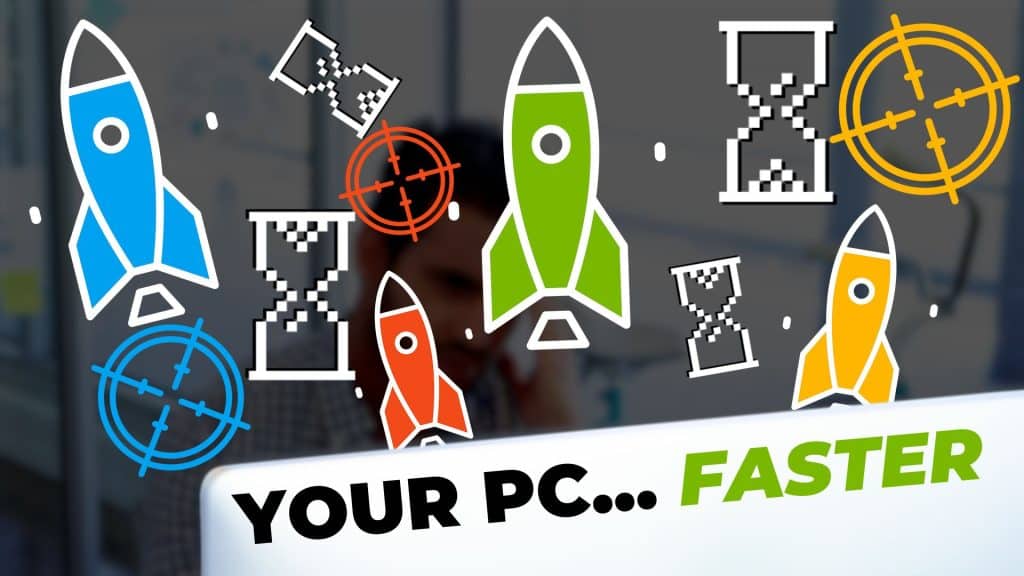Losing access to your business’s data – even temporarily – is a nightmare worthy of a horror movie.
Data backup tools create copies of your data and store them in a safe place. If something goes wrong, recovery tools will use these copies to restore your lost files.
So, if your business already uses backup and recovery tools, you’d think your data is safe… but this isn’t necessarily true.
A new report shows that some backup tools aren’t always as reliable as they should be. In fact, a third of all data losses are caused by backup-related issues. When people try to recover data, they discover it’s been lost or corrupted.
It’s not just corrupted backups that you should be aware of.
One of the biggest threats to businesses right now is ransomware. This is a type of malicious software (or “malware”) that locks you out of your files unless you pay a ransom to regain access.
The report found that half of businesses using backup tools still ended up paying ransoms to retrieve their files, because it was faster than trying to use their own recovery tools. Even worse? Only a small number of businesses that paid ransoms were able to fully recover their data.
Backup tools are supposed to keep your data safe, so why are they unreliable for so many businesses?
Often, it’s because they haven’t been set up properly. And even when they are, they still need to be verified regularly to make sure they are still backing up your files.
Also, older backup and recovery tools can’t always keep up with today’s sophisticated cyber attacks.
Setting up and maintaining a reliable backup system can be complicated. IT experts (like us) can make sure your tools are running correctly every day.
We can also put in place extra safeguards such as continuous data protection (CDP). This constantly saves changes to your files, allowing you to go back in time and restore your data as it was just before an attack or loss. This is something we do for businesses like yours every day. If you’d like us to help you too, get in touch.










Recent Comments